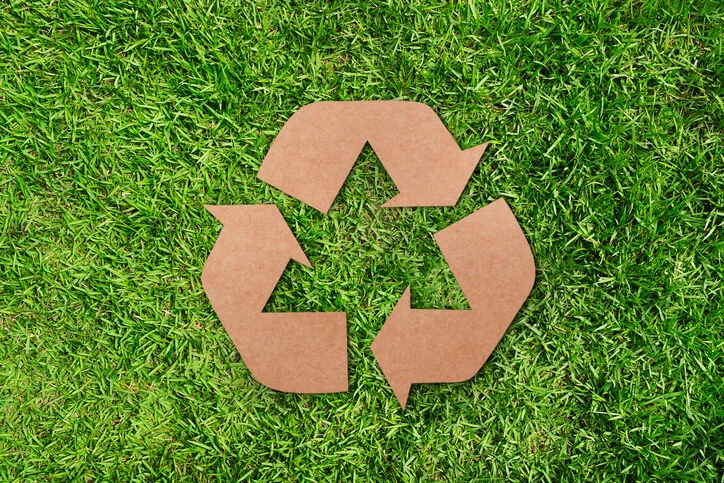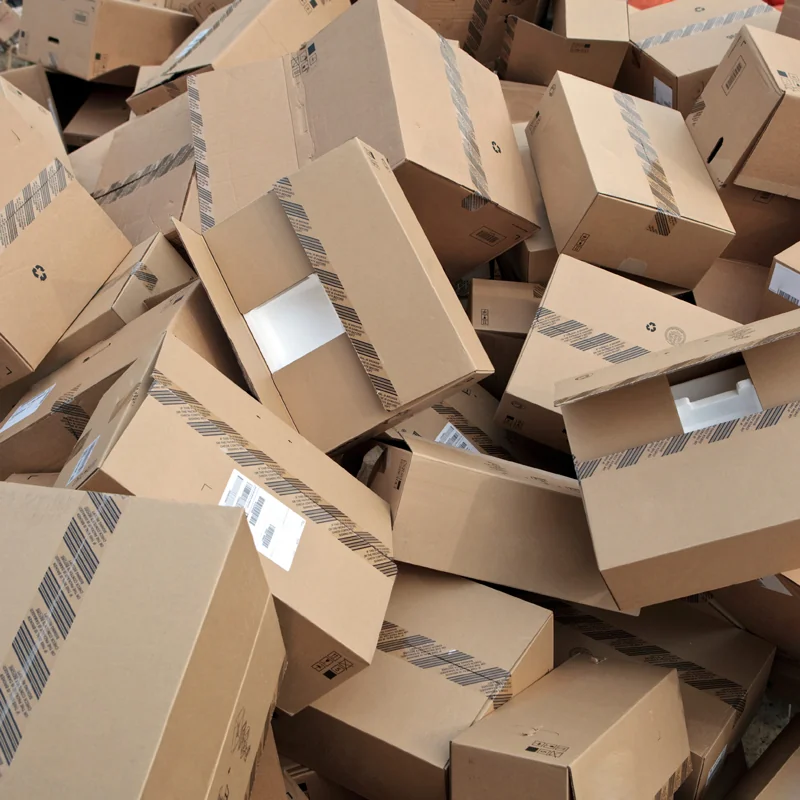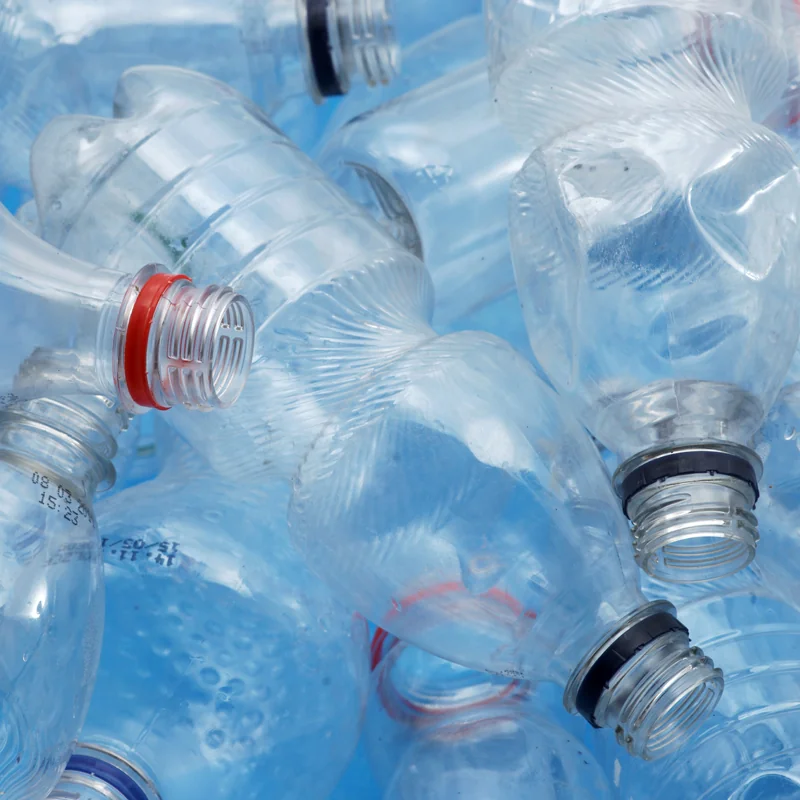Horizontal balers

Why choose a horizontal baler?
Options include disposing of them in a waste dumpster or compacting them in a baler or compactor. Of these choices, compacting is the only one that generates profit instead of costs. When the volume of recoverable material exceeds the capacity of a vertical baler, a horizontal baler may be the ideal solution. For volumes over 2 tonnes per day, a small horizontal baler is suitable. They are also beneficial when labour is limited or when processing requires the use of a tipper, conveyor, or other mass-loading methods.
Horizontal balers are larger, more expensive, and require more skill to operate than vertical balers but can be less labour-intensive.
Exploring horizontal balers? Let’s find your next machine!
From a compact closed-door trim baler to a manual-tie horizontal baler capable of handling multiple materials, we offer a diverse range of solutions to meet the needs of warehouses, distribution centres, and industrial facilities seeking a revolutionary waste management setup.
Whether it’s an open-end auto-tie baler or a robust two-ram horizontal baler for high-volume applications, our lineup is designed to meet your requirements. Discover your perfect horizontal baler match today.
Save money and reduce your CO2e with BRA-IN


Which horizontal baler is right for you?
Try answering these questions to determine which fits your needs:
- What material are you processing?
- How much material are you processing (in kg or tonnes per month or per day). This is called throughput.
- Are you looking to process multiple materials?
- How much space do you have?
- How much labour do you want to dedicate to the process?
- Do you have the necessary power to operate a larger machine?
- What is your budget? And what are your plans for growth?
When considering a baler purchase, it’s essential to start with clear long-term goals. Determine what you aim to achieve in the next 24–36 months and extend your vision to a 5-year projection. Balers are durable machines that can be updated as your business evolves.
Should you have any questions, you can always count on your Bramidan dealer to steer you in the right direction.
Quick guide for picking a baler

VERTICAL BALER
- Key – Multi Material, easy to use, affordable
- Bale size – 400-500 kg
- Vol/Mth – 4 tonnes
- Max Vol/Mth – 40 tonnes
- Size – Small (2,5m or less horizontally)
- Cost used – €4,500 – €10,000
- Cost new – €10,000 – €20,000
- Materials – Multiple: OCC, paper, film, sacks
- Tie off – Manual
- Notes – Lower volume, lower cost, higher labour, easy

CLOSED END BALER
- Key – Multi materials, high volume
- Bale size – 400-650 kg
- Ave Vol/Mth – 20 tonnes +
- Max Vol/Mth – 200 tonnes
- Size – Medium footprint (depending on options)
- Cost used – €30,000 – €70,000
- Cost new – €45,5000 – €140,000
- Materials – OCC, paper, film PET, alu/tin cans, etc.
- Tie off – Manual (vertical or horizontal depending on manufacturer)
- Notes – Easier to feed in higher volumes than a vertical baler
Compact different fractions of waste
Why invest in horizontal balers for cardboard, soft plastic, stretch wrap, post-production & packaging waste?
Our horizontal balers for example:
- contribute to reducing the amount of space needed to store post-production and packaging waste
- are simple to operate and save valuable time
- enable you to generate revenue from the sale of recyclable materials
What are the alternatives to horizontal balers?
Compactors are available in various sizes and capacities, from smaller models capable of handling 3–5 tonnes of waste to larger industrial units that can process 10 tonnes or more per cycle. This flexibility makes them suitable for both small and large businesses, as well as large distribution centres, warehouses, and manufacturing facilities.
Check out how our horizontal balers work

Horizontal balers
Watch how our CC50 & CC40 balers works
The CC50 has a manual-tie and built-in tipping system, while the CC40 model, has a fully-automatic bale ejection system. Both machines handle large waste volumes with ease.

Horizontal balers
Watch how our F66 closed door baler works
The F66 closed door baler is a multi-material heavy duty, full penetration closed door baler. Bales are tied manually.
Fill in the form and we will contact you
Any Questions? Get in touch












